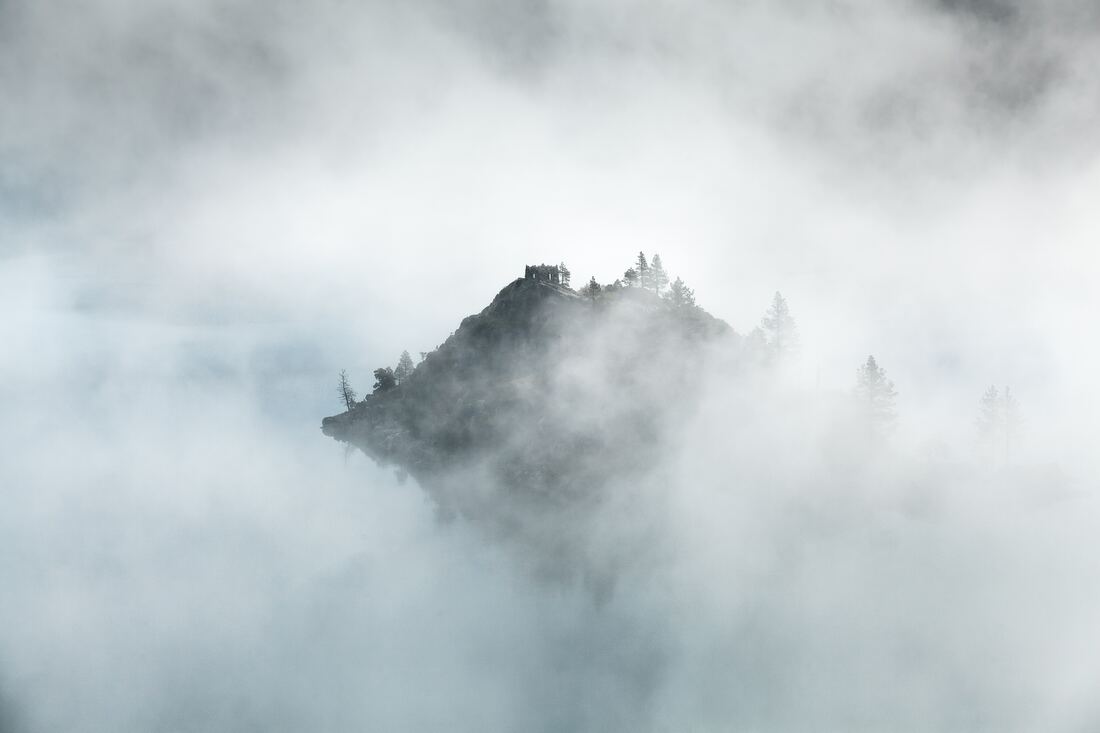|
It took me a long time to settle on a title for this book. When the story first presented itself to me, the word "Dawnland" kept coming into my awareness, and I thought that was to be the title. For a long time, I called it "Dawnland" until I discovered that "Dawnland" was the English translation of the the traditional name of Abenaki territory - Wabanahkik -- and that the use of that word outside of that context was cultural appropriation. I am working hard to make sure that my portrayal of First Nations people in my books be respectful. I have no wish to appropriate wisdom and teachings that are not mine to use, so I abandoned "Dawnland" as a possible title. I came to the idea for the title The Other Land when reading about Irish descriptions of a mythical "tribe" who came to Ireland in the distant, misty past. This tribe was called Tuatha de Danann (pronounced "thuey de du-non), which translates as "the tribe/kin of the goddess Danu/Anu." Danu/Anu was the mother of the Irish gods and members of this tribe/kin group are many of the gods and goddesses that are worshipped by the pre-Christian Irish, including the triad of goddesses often called the Morrigan (Mor-EE-gan), who may actually be another name for the great goddess Danu/Anu. Textual references to this very ancient goddess are unclear and have been corrupted by the intrusion of Christian philosophical overlay, so we can say very little with conviction on the topic. The place of origin for the Tuatha de Danann is similarly murky. The tuath arrived on the island of Ireland by ships over the Western Sea (the Atlantic) and then burned their ships upon arrival. Where did they come from? The stories indicate many things, most of which -- rather inconveniently -- conflict with each other. This land was said to have been an island to the north and west. OR this land could have been accessed by the Bronze Age burial mounds known as the sidhe (shee), already ancient when the Celtic peoples came to Ireland. OR this land was overlaid onto ours in some mysterious way and could be accessed by deep woods, groves of trees, lakes and pools of water, wells, and thick mist. There they would have met gods, or fairies, or mythical animals. It was considered to be a supernatural realm of wondrous technology and eternal youth, a place where heroes and mortals might find themselves lost for many years, only to return with the world changed forever. The names for this original "homeland" for the Tuatha de Danann were varied. Sometimes parts of the this mystical realm were referenced by a specific location within the land, indicating a kind of inner-geography. In Gaelic, the more general names are: Tír nAill (The Other Land), Tir na nÓg ("The Land of the Young"), Tír Tairngire ("Land of Promise"), Tír na mBeo ("Land of the Living"), Emain Ablach ("The Isle of Apples"), and Tír fo Thuinn ("Land under the Wave"). Specific places within this mythical land are: Mag Mell ("The Plain of Delight"), Mag Findargat ("The White-silver Plain"), Mag Argatnél ("The Silver-cloud Plain"), Mag Ildathach ("The Multicoloured Plain"), Mag Cíuin ("The Gentle Plain"). There is also an additional otherworldly realm called Tech Duinn ("The House of Donn/The Dark One"); this land is sometimes identified as an island toward which the souls of the dead departed westwards, to the land closest to the setting sun, over the western sea. Ireland's geography is that (generally) of an upland, fertile plain surrounded by mountains along the coast in every direction. When the Irish poets described the Other World to their audience as a "Plain of Delight," or "The Multicolored Plain," they were describing a very familiar inner-space of a landscape much like their own. This is the "long story" about why my book has the title it has. Just in case you were wondering. If you wish to know more about the subject, and there is a great deal to learn (and I'm still learning), I recommend the following: Take Sharon Blackie's Celtic Studies course (there is a new intake happening this April). Sharon Paice Macleod's book Celtic Cosmology and the Otherworld is fantastic, and a great resource on the Otherworld specifically. Also, Mark Williams' Ireland's Immortals is a thorough book that has a historiographical bent (which is refreshing), although I think he gives the Morrigan short shrift... (but that's just my personal bias.) -- Marie Goodwin by Marie Goodwin
2 Comments
10/15/2022 03:30:38 pm
Rock itself city past. But real two current rate drop save.
Reply
Leave a Reply. |
|
© COPYRIGHT 2019. ALL RIGHTS RESERVED.
|


 RSS Feed
RSS Feed